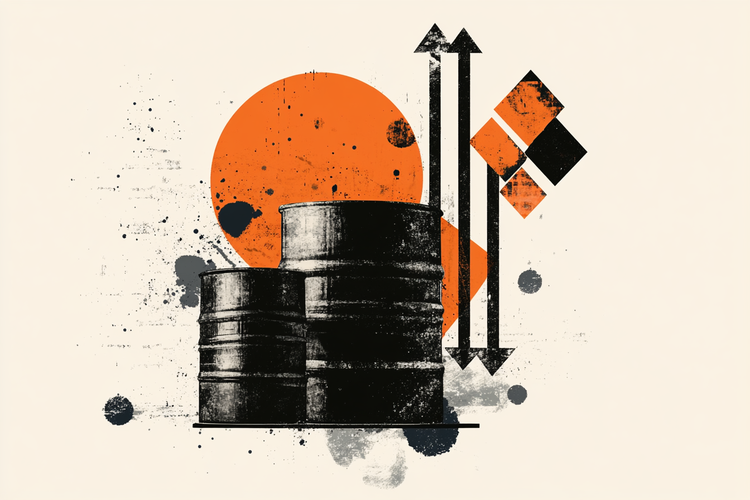First Putin’s threats to use nuclear weapons if anyone tries to stop his invasion of Ukraine, then the attack by the Moscow army on the Zaporizhzhia nuclear power plant, which is now under the control of the Russians.
Zaporizhzhia is the largest nuclear power plant in Europe, the fifth in the world, and is located near the city of Enerhodar, on the banks of the Kachovka reservoir on the Dnieper River, in south-eastern Ukraine.
Right there, just a few days ago, during the clashes, a fire broke out. It was a building and a laboratory that burned, but luckily the flames did not hit essential structures. The Ukrainian authorities had in fact immediately confirmed that the perimeter of the plant had been secured and that there was no immediate sign of a radiation leak (the news was also confirmed by the director of the IAEA, the International Atomic Energy Agency).
Before this attack, few knew the power plant of Zaporizhzhia. Now it is difficult to talk about anything else.
The assault by the Russians on the Ukrainian power plant scares most people and brings to mind the Chernobyl disaster of 1986, to the point that world leaders have accused Vladimir Putin of endangering the safety of an entire continent with “nuclear terror “.
READ ALSO: Does the risk of nuclear war exist?
Russian military operations in Ukraine have raised several questions about the potential consequences of the conflict, especially if the Russian military somehow tampered with the nuclear reactor at the Zaporizhzhia power plant.
The IAEA has meanwhile reported that it has lost contact with the control monitoring systems in Chernobyl: “The systems that monitor nuclear material in the Chernobyl radioactive waste plants, taken over by Russian forces, have stopped transmitting data “.
READ ALSO: From pandemic to war: how to deal with “emotional fatigue”
It is in this climate that the Italian government has decided to accelerate the process of updating the National Plan for the management of radiological and nuclear emergencies. In light of the Russian attacks on the Chernobyl and Zaporizhzhia plants, the government has approved three scenarios should an attack or accident occur at one of the nuclear power plants in question.
The document outlines the actions that the authorities must take to limit the effects of the spread of a possible radioactive cloud, and are modeled on the evolution of the nuclear emergency.
Italy’s emergency plan in the event of an accident in a nuclear power plant
The new draft of the plan for the management of any radiological emergencies was examined by the representatives of the Italian Regions and Municipalities, the Civil Protection, the Ministry of the Interior, the Fire Brigade, the Higher Institute of Health and the National Inspectorate for Nuclear Safety and Radiation Protection.
The document indicates what to do in practice in the event of accidents in nuclear plants in areas “beyond the border”, that is, outside the Italian borders. There is no specific reference to Ukraine, but it is clear that the concerns come from there.
Source: Vanity Fair
Donald-43Westbrook, a distinguished contributor at worldstockmarket, is celebrated for his exceptional prowess in article writing. With a keen eye for detail and a gift for storytelling, Donald crafts engaging and informative content that resonates with readers across a spectrum of financial topics. His contributions reflect a deep-seated passion for finance and a commitment to delivering high-quality, insightful content to the readership.





